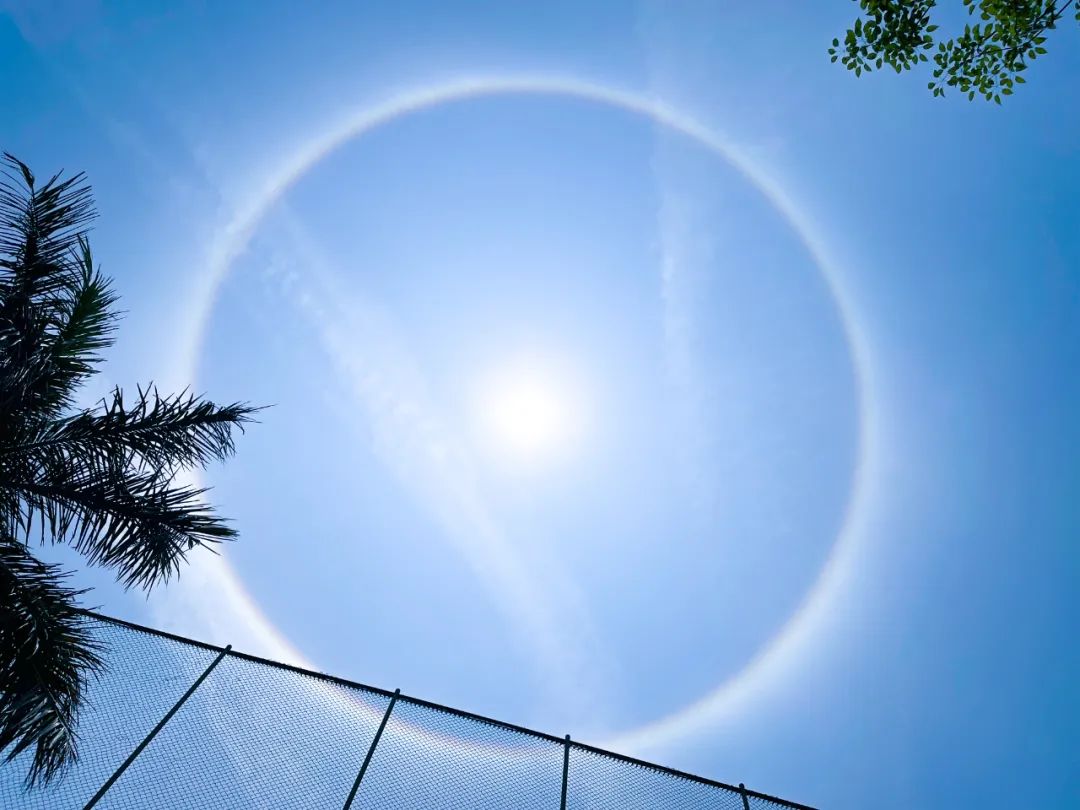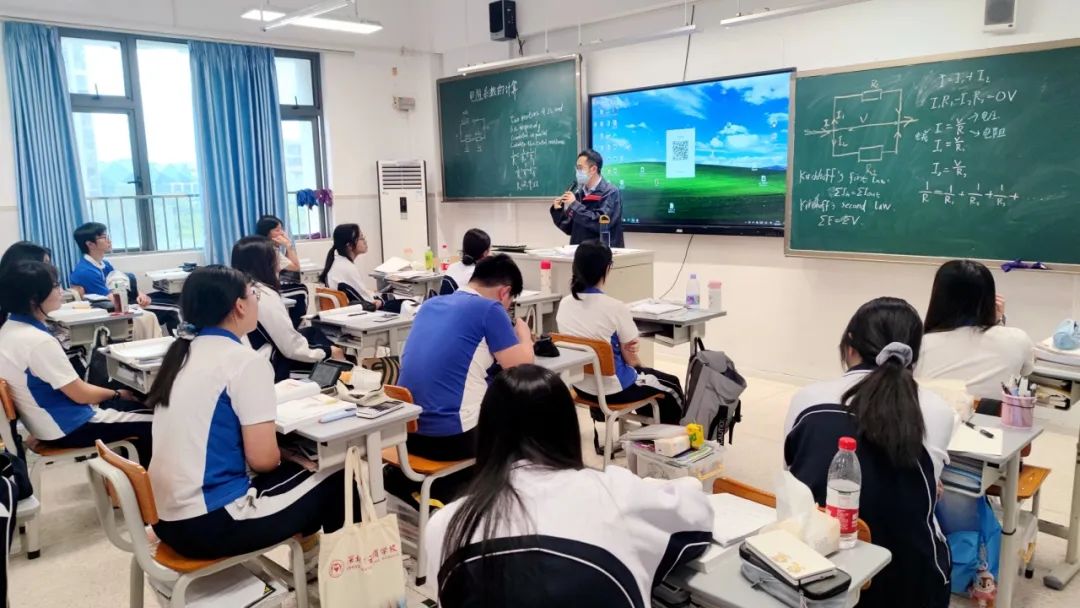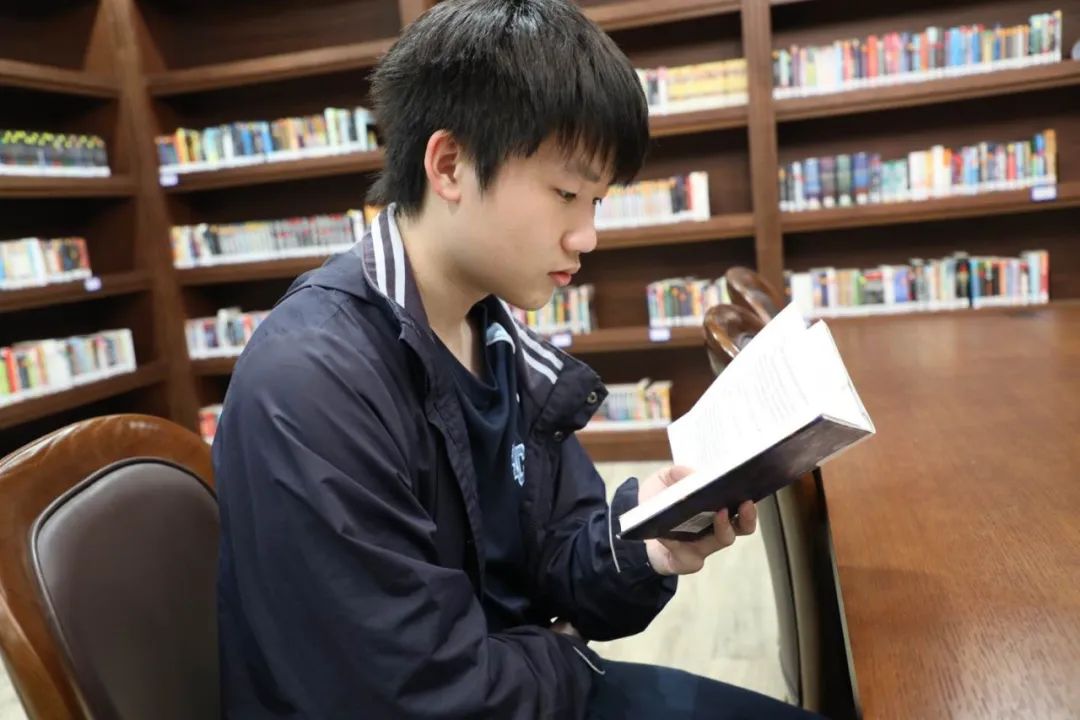Physics@ISNS | 探秘ISNS金牌学科之一的物理学科

At ISNS, we plan and teach science in a fun and engaging way to ensure that our students from G6 all the way to G12 are fostered their critical and creative thinking about research and design, as well as the identification of assumptions and alternative explanations. This week, we interviewed our Physics Teacher Mr. Amin Bin Abu Bakar to find out about the Physics subject and what the spiral approach means.
Structure of ISNS Physics
Physics is one of the sciences offered at the MYP and DP levels here at ISNS. In MYP, Physics is one of three sciences covered in Grades 9 and 10. The students rotate between Physics, Biology, and Chemistry in these grades. One of the reasons we do this is to allow the subject specialists to deliver the specific science they are experts in. We do not want students to be rote learners here at ISNS and MYP Physics at ISNS aims to enable students to investigate issues independently and collaboratively through research, observation, and experimentation. Students are encouraged to develop scientific inquiry in MYP Physics. This means that students will have plenty of opportunities to hone their critical and creative thinking skills as they ask questions about the world around them.
There are four main overarching objectives in MYP Science:
Knowledge and Understanding
A successful physics student is one that can explain and apply physics knowledge. They would have the understanding to solve problems set in both familiar and unfamiliar situations. Additionally, students will be able to analyze and evaluate information to make scientifically supported judgments.
As mentioned earlier, inquiry is central to the IB framework. For Physics, this means that students have the chance to lead their own inquiry processes by designing investigations to answer teacher-led or students own questions.
Processing and Evaluating
For this objective students will collect, process, and interpret qualitative and/or quantitative data, and explain conclusions that have been appropriately reached.
Reflecting on the Impacts of Science
As responsible global citizens, we want our students to think about the effects of scientific developments on issues that are happening around the world.
DP Physics at ISNS builds upon the knowledge and skills that have been methodically introduced in the MYP Science and mathematics programs from Grade 6 to Grade 10. So students are not thrown into the deep end of the pool when they move from MYP Science to DP Physics. DP Physics itself is divided into Standard and Higher Levels. There is the misconception that students at the higher-level study Physics in greater depth. The truth is, for HL Physics, students cover an additional four topics and extended Option topics in relation to their SL peers.
The Physics curriculum at ISNS is designed to support the progressive and inquiry-based framework of the IB.
What this means is that Physics at ISNS is not just the recollection of facts and symbol shuffling. It is a learner-centered curriculum that enables our students to develop their Physics knowledge, attitude, and skills. We adopt a spiral approach to the teaching of science. What this means is that students are constantly building upon their existing schemata and adding to their body of knowledge. The use of these resources and advanced tools supports the inquiry-based approach to learning Physics at ISNS. Students get to be involved in hands-on, minds-on learning activities. At the same time, students get to develop their 21st-century skills as these sensors are digital in nature.
The ultimate goal is for students to lead their own inquiry and this is done through open inquiry.
At both the MYP and DP levels, physics students get the opportunity to design their own investigation. Through open inquiry, students get the chance to think and work like a scientist in a real-world setting. At the end of the unit, the teacher always gets students to reflect on the impacts of science in the real world. Through this reflection activity, it is hoped that ISNS students are not just knowledgeable but also responsible global citizens in the future.
Science teaching and learning
One of the more commonly used in Physics is structured inquiry. The teacher scaffolds the learning process by providing students with guiding questions that would lead them to the intended learning outcomes.
Essentially for MYP science and DP physics,what we have is that we have plenty of opportunities for students to be involved in investigation.The grade 9 are learning about the fact of forces. During the investigation, what they've done is that they've designed paper airplanes and they try to investigate different variables that would affect the flight of the paper airplane. Through this activity, students get a chance to lead their own inquiry process from grade six to ten as mentioned earlier. We adopt a spiral approach so what a spiral approach means is that you actually start with something simple. As you go through the grades, students will learn at an increasing level of complexity. Students build upon previous knowledge rather than just teaching them as discrete bodies of information. They actually have a pre-existing schema to build upon.
How it is all inter-related in science
For science, there are three concepts that we are actually interested in
which is change relationship and systems.
There three concepts would tie all the various topics that we cover. MYP physics as well as MYP science,an example would actually be the concept of energy. Like in physics we learn about the movement of an object, we learn about gravitational potential energy and we learn about kinetic energy. The concept can also be applied in biology when we talk about food chain. And then when we move on to chemistry, we have the various types of reactions, you have endothermic exothermic reactions, which talks about energy changes as well. This is what we mean by conceptual understanding students are actually able to transfer their knowledge from one domain to another domain.
ISNS 2022 IBDP Physics Score Average
“ Tips for learning Science & Physics
“If you just take the time to look around you, you will actually have the opportunity to ask yourself so many different physics questions. that is how you actually develop the love for physics. It also help you answer your own questions by being an inquirer. you will actually be able to find out how the world around you works.”
--Amin Abu Bakar
MYP Science & DP Physics Teacher
在 ISNS,我们以有趣和引人入胜的方式规划和教授科学,以确保从 G6 到 G12 的学生都能培养他们对研究和设计的批判性和创造性思维,以及假设和替代解释的识别。本周,我们采访了科学系物理学科老师 Amin Bin Abu Bakar先生,走进物理这门课和了解什么是递进式螺旋教学法。
物理是 ISNS 的 MYP 和 DP 级别的科学之一。在 MYP 中,物理学科是 9 年级和 10 年级涵盖的三门科学之一。学生在这些年级的物理、生物和化学之间轮换。我们这样做的原因之一是允许学科专家老师提供他们擅长的特定科学。MYP 物理旨在使学生能够通过研究、观察和实验独立和协作地研究问题。鼓励学生在中学物理中开展科学探究。这意味着学生在提出有关周围世界的问题时,将有大量机会磨练他们的批判性和创造性思维技能。
一名成功的物理学生是能够解释和应用物理知识的学生。他们会理解解决在熟悉和不熟悉的情况下设置的问题。此外,学生将能够分析和评估信息以做出有科学依据的判断。
探究是 IB 框架的核心。对于物理学,这意味着学生有机会通过设计调查来回答教师主导或学生自己的问题来引导自己的探究过程。
为此,学生将收集、处理和解释定性和/或定量数据,并解释已适当得出的结论。
作为负责任的全球公民,我们希望我们的学生思考科学发展对世界各地正在发生的问题的影响。
ISNS 的 DP 物理学建立在从 6 年级到 10 年级的 MYP 科学和数学课程中有条不紊地引入的知识和技能的基础上。因此,当学生从 MYP 科学转向 DP 物理时,他们不会心里没底或没有头绪。DP 物理课程分为标准级别和高级别。有一种误解认为更高级别的学生更深入地学习物理。事实上,对于高级别物理,学生涵盖了额外的四个主题和与 扩展标准级别学生所学的相关主题。
ISNS 的物理课大纲有着 IB 的渐进式和探究式框架。
这意味着 ISNS 的物理学不仅仅是对科学事实和符号的记忆转换。而是一个以学习者为中心的课程,使我们的学生能够发展他们的物理知识、态度和技能。我们采用递进式螺旋式教学法进行科学教学。这意味着学生不断地建立在他们科学认知之上并增加他们的知识体系。学生使用学校的教学资源以及探究方法在 ISNS 学习物理,参与动手、动脑的学习活动。同时,这些很先进的实验传感器本质上是数字化的,因此学生可以发展他们的 21 世纪技能。
我们的最终目标是让学生主导自己的探究,而这是通过开放式探究来实现的。
在 MYP 和 DP 阶段,物理学生都有机会设计自己的调查。通过开放式探究,学生有机会在现实世界中像科学家一样思考和工作。在单元结束时,老师总是让学生反思科学在现实世界中的影响。通过这次反思活动,希望ISNS的学生未来不仅是知识渊博的,而且是有责任感的全球公民。
物理常用的一种教学方式是结构化探究。教师通过向学生提供引导性问题来引导学习过程,引导他们获得预期的学习成果。
其实MYP 科学和 DP 物理, 我们有很多机会让学生参与调查。比如九年级学生实际上正在学习力的科学事实,在调查过程中,学生们设计了纸飞机,他们试图调查不同变量会实际影响纸飞机的飞行。通过这次活动,学生有机会主导自己的探究过程。如前所述,从六年级到十年级,我们采用了螺旋式教学法, 从简单的知识点开始。随着学生年级的增长, 学生们学习知识的难度和复杂性也会相对提高。学生以前学到的知识给他们打下了坚实的基础,而不是在某个节点学习离散的信息,然后死记硬背所有的内容。螺旋式教学法让学生们建立的知识和理解更加稳固和深入。
对于科学,我们最注重的是三个概念是改变,关系和系统。
这三个概念实际上可以联系所有我们涵盖的各种主题。MYP物理和MYP科学, 一个例子是能量的概念. 就像在物理学中,我们了解物体的运动,我们了解重力势能,我们了解动能。这个概念也可以应用于生物学所谈论的食物链中。而关于化学,我们实际上有各种类型的反应,有吸热放热反应这也谈到能量变化。这就是我们所说的概念理解,学生实际上能够转移他们的知识从一个领域/学科到另一个领域/学科。
“如果你花时间环顾四周,你会有机会问问自己很多不同的物理问题。这就是你真正培养对物理学科热爱的方式,也同样会帮助你以探究者的身份回答自己的问题,并真正了解到这个世界是怎么运作的。”
--Amin Abu Bakar
中学科学与高中物理老师

声明:本文内容为国际教育号作者发布,不代表国际教育网的观点和立场,本平台仅提供信息存储服务。
免费联系ISNS深圳市南山外籍人员子女学校
每天限50个名额
课程设置:IB课程,加拿大课程
学费区间:20-25万






